Imagine driving without any noise or pollution. Sounds good, right? Mercedes-Benz thinks so too! They are working on a cool car called the F-Cell. This car doesn’t need gasoline. Instead, it uses hydrogen. Yes, that gas in chemistry class!
Why hydrogen? It’s super clean. The only thing that comes out of the car is water. Isn’t that amazing? Mercedes-Benz wants to change how we think about cars. They want a cleaner and quieter world. But how does a hydrogen car work? It’s very different from what we’re used to.
Let’s dive into how Mercedes-Benz is changing the future with the F-Cell. We will explore their exciting hydrogen vehicle development. Are you ready to explore this new world of the Mercedes F-Cell hydrogen vehicle? Buckle up!
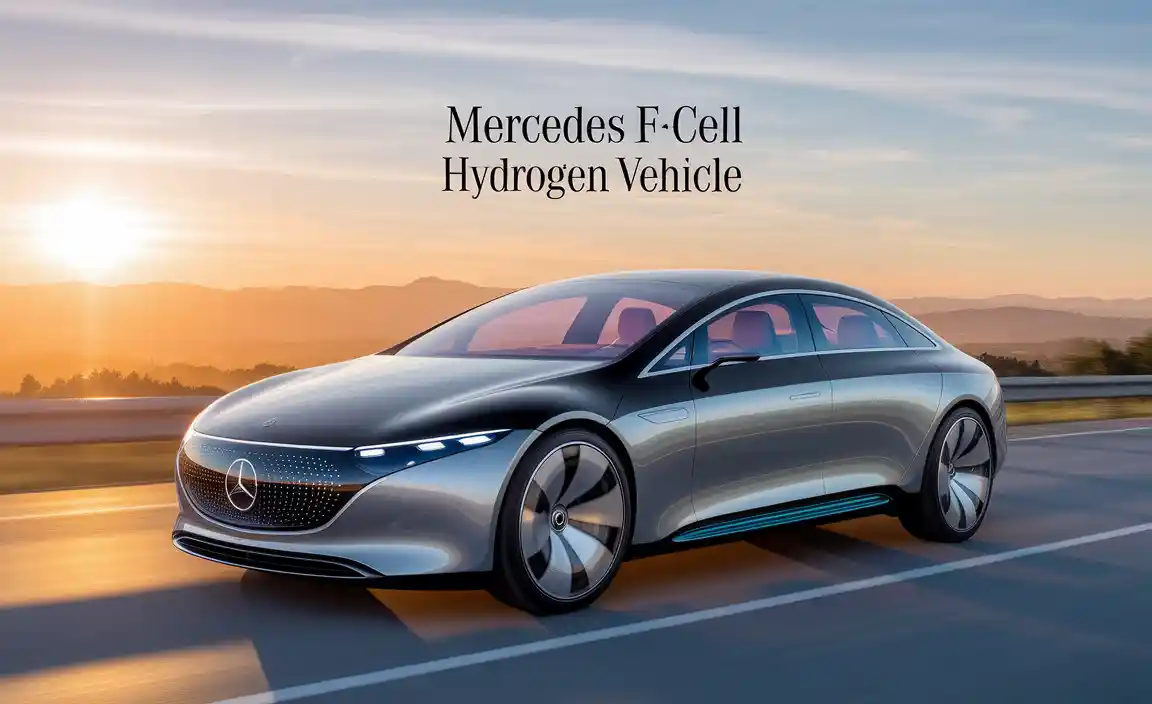
The Evolution Of Mercedes-Benz F-Cell Hydrogen Technology
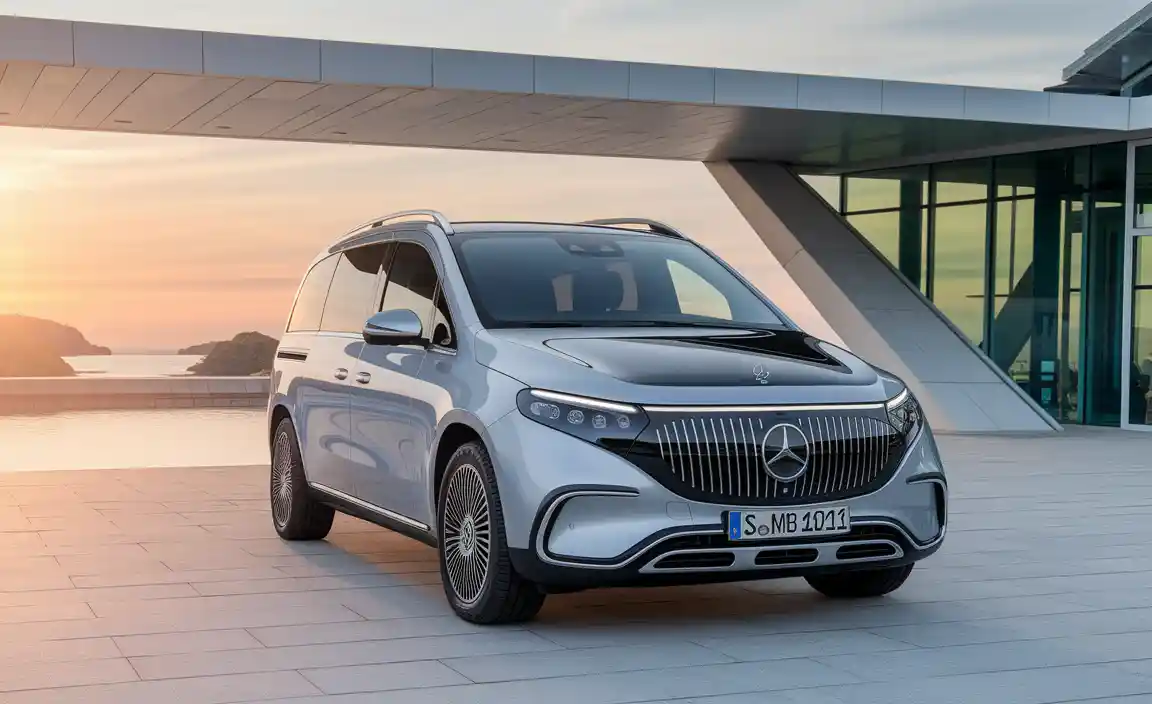
History And Evolution Of Mercedes-Benz F-Cell Technology
Tracing the origins of FCell technology. Key milestones in hydrogen fuel cell development. Once upon a time, cars only drank gasoline. But then, Mercedes-Benz decided it was time for a change. They went on a mission to create the F-Cell technology, paving the way for a hydrogen-powered future.
Imagine cars sipping hydrogen rather than guzzling gas. Key moments like the introduction of their first hydrogen car in 1994, set the ball rolling. It’s like teaching your car to enjoy a fresh breeze instead of a smoky barbecue. Here is a fun timeline:
| Year | Event |
|---|---|
| 1994 | First hydrogen vehicle concept unveiled. |
| 2005 | Mercedes introduced F-Cell in a production vehicle. |
| 2010 | Improved F-Cell showcased with better efficiency. |
These milestones reflect a commitment to cleaner energy. As the old saying goes, “The future sure isn’t what it used to be.” Mercedes is proving that the future involves cars breathing easy with technology that whispers rather than roars.
Overview Of Hydrogen-Powered Vehicles
Hydrogen-powered cars aren’t science fiction anymore. They’re here. These vehicles use hydrogen fuel to create electricity onboard, powering an electric motor just like a battery-powered electric car, but with much faster refueling times. Think of them as the best of both worlds: zero emissions and quick pit stops.
Introduction To Hydrogen Fuel Cells
So, how does it work? At the heart of a fuel cell car is a hydrogen fuel cell. It mixes hydrogen with oxygen from the air. This chemical reaction produces electricity, water vapor, and heat. That’s it—no fossil fuel needed. It’s clean, quiet, and efficient.
Comparison With Traditional Electric Vehicles
Now, you might wonder how a fuel cell electric vehicle stacks up against a battery electric vehicle. Well, BEVs need to be plugged in and can take hours to charge. A hydrogen fuel cell vehicle? It’s full in about five minutes, just like gas cars. Plus, it usually offers longer range. The GLC F-CELL, for instance, combines a hydrogen system with a plug-in battery setup for extra flexibility.
The Mercedes-Benz GLC F-CELL
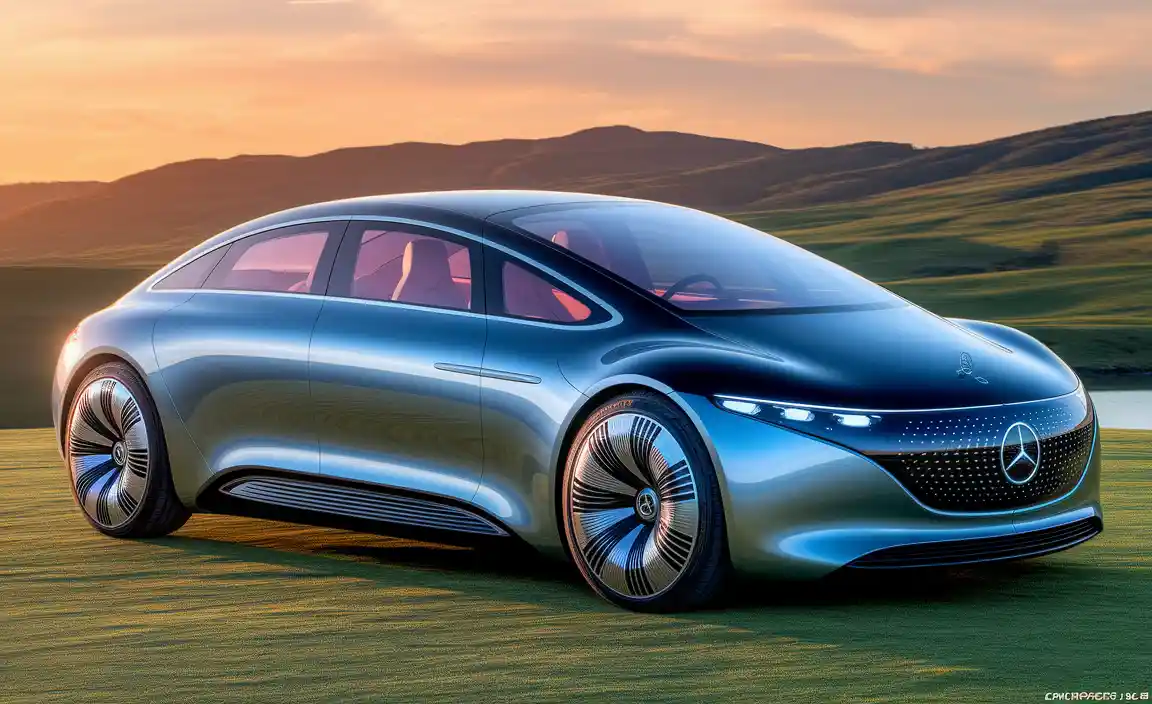
Enter the star of our story: the Mercedes-Benz GLC F-CELL. This wasn’t just a concept. It was real, road-ready, and rolling into markets like Germany and California. A blend of fuel cell technology and plug-in power, the GLC 350e evolved into something truly unique.
100% Hydrogen-Powered Engine
What makes the GLC F-CELL stand out is its hydrogen-powered engine. Unlike traditional hybrids, it doesn’t just supplement with hydrogen; it thrives on it. The fuel cell stack generates electricity to drive the motor, while a lithium-ion battery supports short trips and boosts acceleration. It’s as if the car has a backup battery pack for those quick city sprints.
Key Features And Specifications
- Total range: Around 270 miles
- Hydrogen tank: Two carbon-fiber tanks hold 4.4 kg of hydrogen
- Electric motor: Delivers 208 hp and 266 lb-ft of torque
- Plug-in hybrid system: Adds about 30 miles of battery-only range
And it doesn’t scream futuristic. It looks like a normal Mercedes-Benz SUV. That’s part of its charm.
Advantages Of Hydrogen Fuel Cell Vehicles Over Traditional Combustion Engines
Environmental benefits and emissions reduction. Fuel efficiency and operational costs. Imagine a car that thinks releasing smoke is old school and instead puffs out water vapor. That’s the magic of hydrogen fuel cell vehicles! They are kind to the planet.
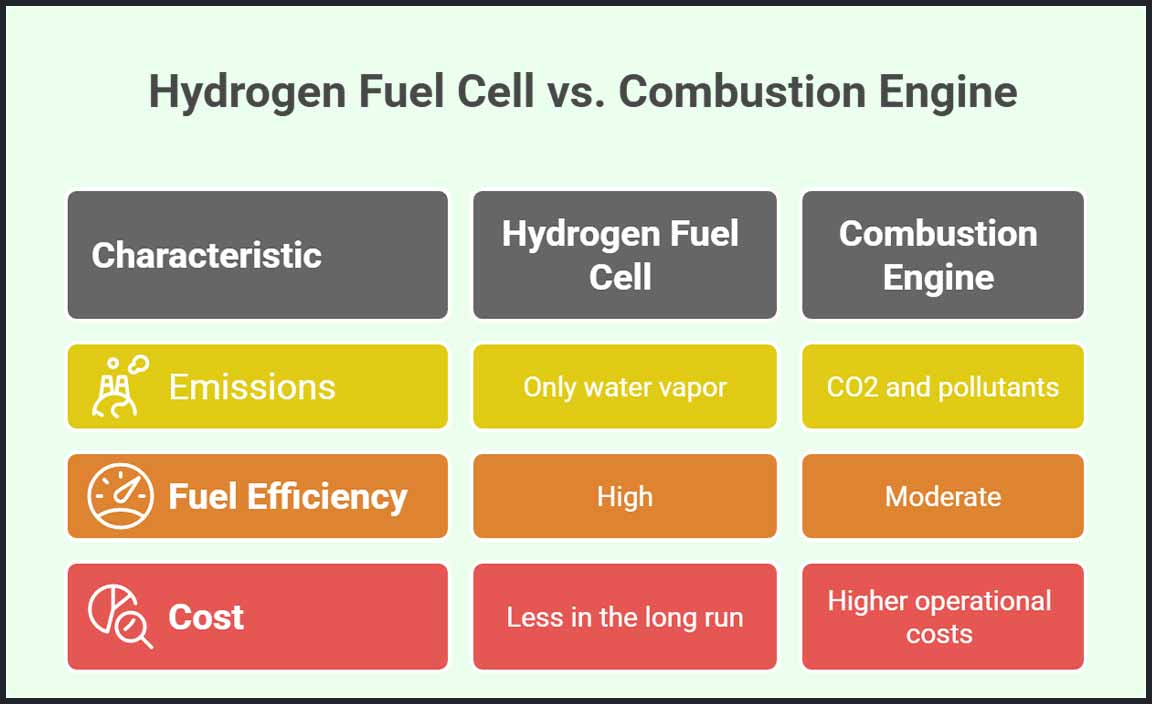
These vehicles reduce harmful emissions, making the air fresher, like a deep breath in a forest. Plus, they’re smart with fuel. A hydrogen car goes farther on a full tank, making your wallet happier. As the famous saying goes, “Saving the planet, one mile at a time!” 🚗💨💧
| Aspect | Hydrogen Fuel Cell | Combustion Engine |
|---|---|---|
| Emissions | Only water vapor | CO2 and pollutants |
| Fuel Efficiency | High | Moderate |
| Cost | Less in the long run | Higher operational costs |
Performance Metrics
The GLC F-CELL isn’t built for the track, but it’s far from sluggish. It gets up to speed briskly and offers smooth torque delivery typical of electric vehicles. Think “whisper-quick” rather than “thunder-fast.”
Environmental Benefits
This is where it really shines. The only emission from its fuel cell system is water vapor. No CO2 emissions, no smog-forming pollutants. Driving it feels like giving the earth a little breather.
Decarbonization Efforts
Mercedes-Benz is leaning hard into decarbonization, and the F-CELL models are key players. Moving away from fossil fuel dependency, these cars represent an intentional shift toward renewable green hydrogen and cleaner mobility.
Resource Conservation Strategies
Building a hydrogen vehicle like the GLC F-CELL involves smart resource use. Hydrogen production can be done using renewable energy sources, cutting down on industrial emissions. Even the car’s components are designed with recycling in mind.
Contribution To Corporate Environmental Goals
For Mercedes-Benz, the F-CELL isn’t just a car—it’s part of a promise. That includes reaching carbon-neutral production goals and leading the charge in the hydrogen economy. Each F-CELL on the road is a rolling ambassador of that mission.
Operational Mechanics
So how does the whole system work together?
How The GLC F-CELL Operates
Start the car, and the fuel cell stack powers up silently. As you drive, hydrogen is fed from the hydrogen tank into the stack, where electricity is produced. That electricity powers the electric motor, and off you go. It even charges the battery during braking.
Hydrogen Storage And Refueling Process
Here’s the cool part: filling up takes less than five minutes at a hydrogen refueling station. The tanks store compressed hydrogen safely. It’s similar to pumping gas—you just hear a slight hiss and click, and you’re done.
Driving Experience
So, what’s it actually like to drive?
Handling And Ride Comfort
Mercedes doesn’t compromise here. The GLC F-CELL drives like any other premium SUV. You get that famous comfort-tuned suspension, precise steering, and a near-silent cabin. It’s like floating through traffic.
Efficiency On The Road
You get the benefit of electric drive without the long wait at charging stations. It’s efficient in a real-world way, perfect for both city drives and long highway cruises. So, with less pollution and better efficiency, hydrogen vehicles are like the friendly kid everyone wants in their neighborhood. 🚴♂️🌿
Challenges And Obstacles In F-Cell Development
Technical and engineering hurdles. Infrastructure and refueling station availability. Developing the Mercedes-Benz F-Cell is like trying to teach a cat to fetch. It’s challenging! One big hurdle is the technical side. Engineers have to fit complex systems like hydrogen fuel cells into cars.
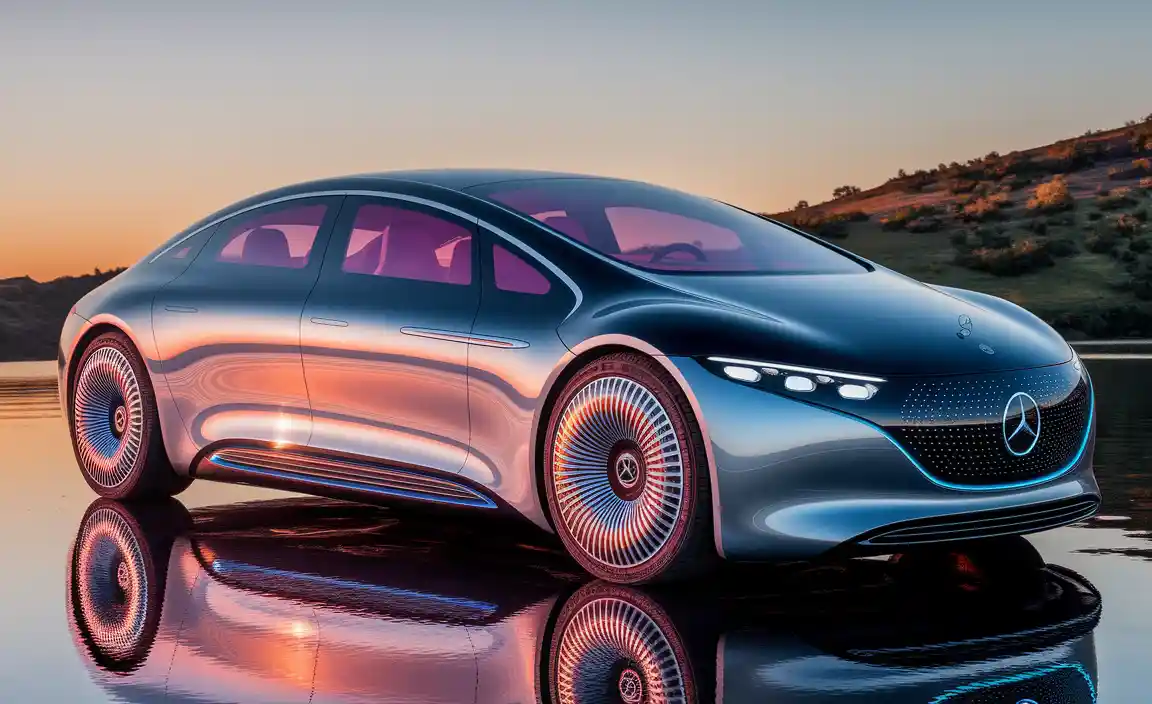
It’s a bit like squeezing a big book into a tiny bookshelf. Then, there’s the problem of where to find hydrogen. It’s not like you can pick it up at the local gas station. Imagine needing a special station just to fill up!
| Obstacle | Challenge |
|---|---|
| Technical Issues | Complex fuel cell systems |
| Infrastructure | Lack of refueling stations |
Not enough hydrogen stations means drivers can’t go too far. They might feel like they’re driving in a bubble, limited to certain areas. To make hydrogen cars a hit, we need more places to refuel. Think of it like building new castles in a desert—these stations are needed if this technology is to spread. Many believe hydrogen is the future of clean driving, but without more stations, it’s like having an ice cream shop in the North Pole—cold, far, and inconvenient.
There are hurdles, of course. Hydrogen fueling stations are still rare. But growth is coming. More investment, better tech, and wider adoption will shrink that gap quickly.
Future Of Hydrogen Vehicles
What’s next for Mercedes and hydrogen?
Innovations In Hydrogen Technology
They’re improving fuel cell stacks, reducing cost, and extending lifespan. Future models may include larger SUVs or even vans. Think fuel cell system upgrades and longer ranges.
Long-Term Environmental Impact
Hydrogen cars could dramatically cut global CO2 emissions, especially when powered by green hydrogen. Combined with eco-friendly manufacturing, this makes a strong case for hydrogen as a climate solution.
Comparative Analysis: Mercedes-Benz F-Cell Vs. Competitor Hydrogen Vehicles
Key differentiators in technology and performance. Market positioning and consumer appeal. The Mercedes-Benz F-Cell is like the class clown at school—full of surprises! In a world of serious hydrogen vehicles, it stands out with cutting-edge tech. It’s not just about having hydrogen in the tank; it’s about who uses it best. Mercedes aims high, promising more mileage and quicker fills than others.
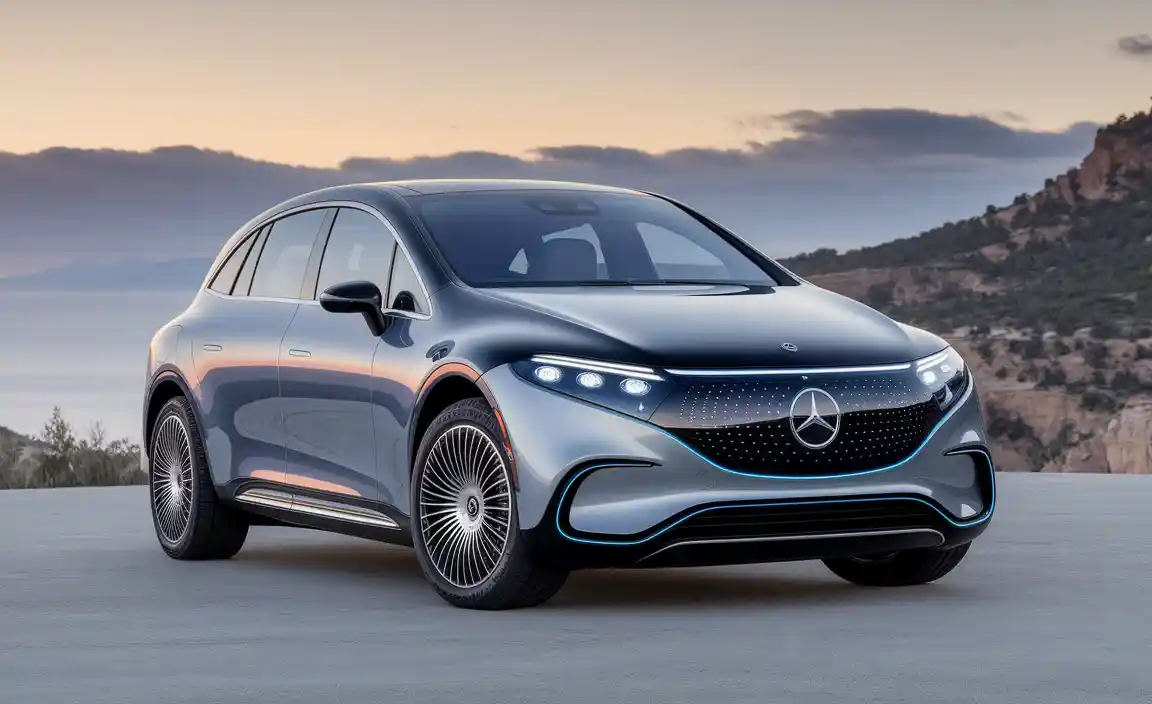
Their performance is like comparing a cheetah to a turtle—guess who runs faster? On market positioning, Mercedes-Benz leans toward luxury and appeal. Want a ride that’s both clean and cool? Mercedes is like a green superhero! The F-Cell isn’t just for eco-warriors; it’s also for those who love style and speed. Here’s a fun comparison with competitors:
| Vehicle | Mileage (mi) | Refill Time (min) |
|---|---|---|
| Mercedes-Benz F-Cell | 230 | 3 |
| Rival Car A | 200 | 5 |
| Rival Car B | 215 | 4 |
Numbers show that the F-Cell isn’t just a pretty face; it’s a real performer!
Comparing Driving to Gasoline And Electric Vehicles
Against a gasoline vehicle, it wins on quietness and emissions. Compared to a battery electric vehicle, it offers quicker refueling and greater convenience. It’s the best of both driving worlds. Industry and Market Impact The F-CELL may not be mass-market yet, but it’s making waves.
Trends In Hydrogen Vehicle Adoption
Places like California, Germany, and Japan are expanding hydrogen infrastructure fast. Even companies like Volvo Trucks are investing in hydrogen technology for commercial fleets. While battery electric vehicles dominate headlines, hydrogen cars are carving out a niche. Mercedes is one of the few brands seriously investing in both avenues—and that dual path may prove smart.
Role Of The F-Cell In Mercedes-Benz’s Sustainability Strategy
Integrating hydrogen technology into broader brand goals. Commitment to sustainable transportation solutions. Mercedes-Benz is not only about luxury; it’s also about saving the planet! Their F-Cell hydrogen vehicle plays a key role in this journey. The company integrates hydrogen technology into its greater mission of sustainable driving.
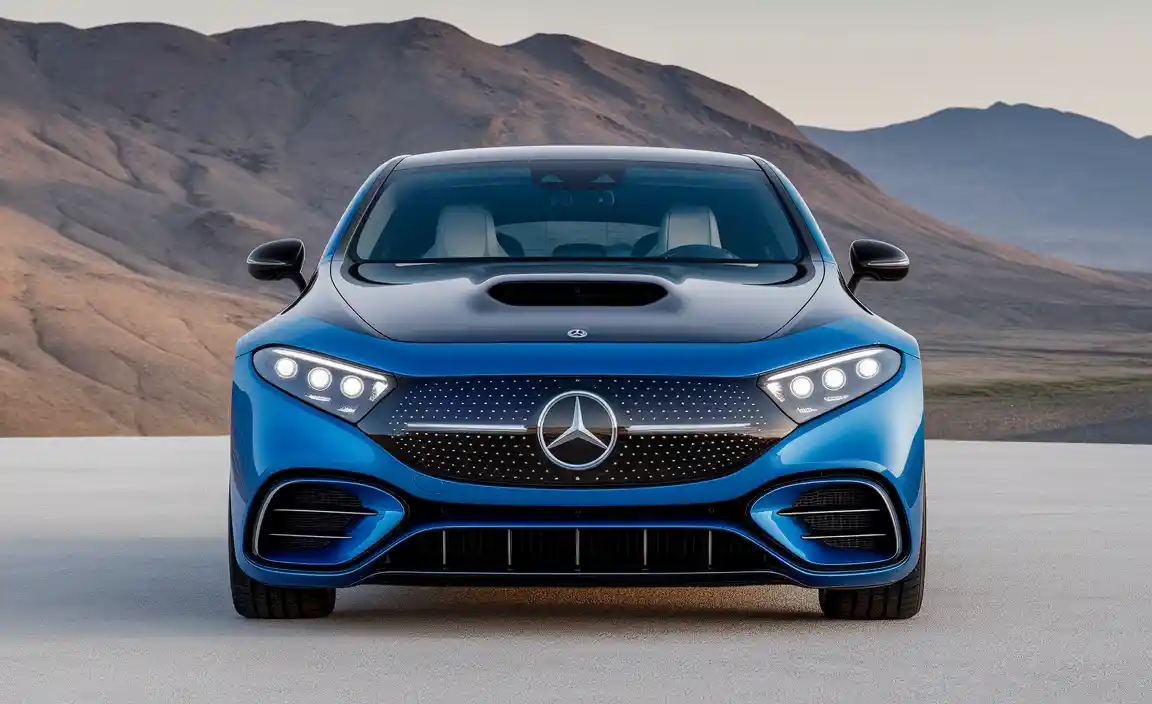
Imagine cruising in style while saving the environment—sounds like a win-win! Mercedes-Benz is committed to green transportation solutions. They aim to reduce emissions and embrace innovative energy sources. As Elon Musk said, “If something matters enough, you do it even if the odds are not in your favor.”
| Technology | Goal |
|---|---|
| F-Cell Hydrogen | Reduce emissions |
| Sustainable Solutions | Innovative energy |
Through these efforts, Mercedes-Benz hopes to inspire others to join the drive towards a cleaner future. This might not turn cars into flying unicorns, but it’s a giant leap for Mother Earth!
Future Prospects And Innovations In F-Cell Technology
Anticipated technological advancements. Potential impact on the automotive industry. What’s next for F-Cell technology? Innovations are the focus! New materials may create lighter hydrogen tanks. This could lower car weight and increase range. Faster refueling stations might pop up, making them more user-friendly. How will F-Cell tech change cars?
It might offer cleaner, greener travel. Cars could soon travel long distances without fossil fuels. It may also lower car emissions, helping the planet. Car companies may create even more hydrogen vehicles! Imagine the future with efficient, eco-friendly cars!
What Are The Main Advancements In F-Cell Technology?
Faster refueling, lighter tanks, and improved efficiency are key advancements.
Key Benefits:
- Lighter hydrogen tanks
- Quicker refueling times
- Increased travel range
Consumer Adoption And Market Response To The Mercedes-Benz F-Cell
Initial sales data and consumer reception. Educating consumers on the benefits and uses of FCell vehicles. The Mercedes-Benz F-Cell caught consumers’ interest with unique features. Initial sales hit the market at a steady pace. Customers were curious, yet cautious.
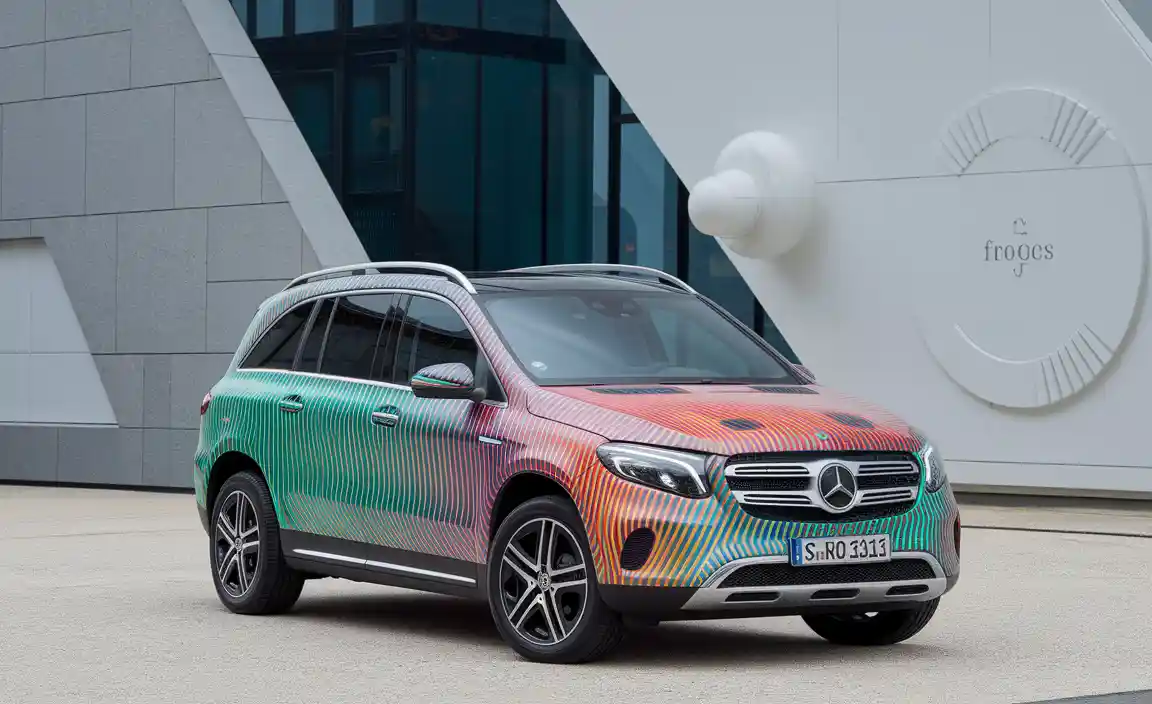
How do these hydrogen vehicles fit into daily life? Mercedes took on the challenge of educating folks. They highlighted the environmental benefits, like whispers of wind emitting zero emissions! People wondered, “Is this the future of green driving?” With more awareness, the excitement began to grow.
| Aspect | Response |
|---|---|
| Initial Sales | Steady |
| Consumer Curiosity | High |
| Environmental Benefits | Widely Appreciated |
Conclusion
The Mercedes-Benz F-Cell shows us hydrogen’s potential in vehicles. It’s eco-friendly, emitting only water. We learned about clean energy and innovative engineering here. Dive deeper into sustainable transportation and explore more about how hydrogen vehicles can shape our future. Keep curious, and discover the exciting world of eco-friendly cars!
FAQs
1.What Are The Key Technological Advancements In The Mercedes-Benz F-Cell Hydrogen Vehicle Compared To Earlier Hydrogen Models?
The Mercedes-Benz F-Cell is special because it uses hydrogen as fuel, which means it releases only water, not smoke. It can drive for a long time before needing fuel again. It’s also faster and quieter compared to older hydrogen cars. Plus, the F-Cell is ready to start even when it’s really cold outside.
2.How Does The Mercedes-Benz F-Cell Vehicle’S Fuel Efficiency And Range Compare To Traditional Electric And Gasoline-Powered Vehicles?
The Mercedes-Benz F-Cell vehicle runs on hydrogen. This means it uses a special gas to make electricity. Its range is similar to gasoline cars, letting you drive far. It’s more efficient than gasoline but not as much as electric cars. You can refuel it faster than charging an electric car.
3.What Infrastructure Developments Are Necessary To Support Widespread Adoption Of Mercedes-Benz F-Cell Hydrogen Vehicles?
To use Mercedes-Benz F-Cell cars, we need more hydrogen fueling stations. These stations will fill up the car tanks with hydrogen. We also need safe pipelines to carry the hydrogen to the stations. More hydrogen plants, where they make the hydrogen, are important too. All these things help us drive hydrogen cars more easily.
4.How Does Mercedes-Benz Ensure The Safety And Durability Of The Hydrogen Fuel Cells Used In Their F-Cell Vehicles?
Mercedes-Benz works hard to make sure their F-Cell vehicles are safe and tough. F-Cell cars use special hydrogen fuel cells to make energy. Engineers test these fuel cells a lot to ensure they are strong and secure. They also check how the fuel cells work in hot, cold, and rainy weather. This way, you can trust the car to be safe and last a long time.
5.What Are The Environmental Benefits Of Using A Mercedes-Benz F-Cell Hydrogen Vehicle Over Conventional Internal Combustion Engine Vehicles?
The Mercedes-Benz F-Cell is a special car that uses hydrogen, not gasoline. When it runs, it only makes water, not dirty smoke. This helps keep the air clean and the earth healthy. Also, hydrogen can be made from water, which won’t run out. By driving an F-Cell, we help the planet stay green and clean.